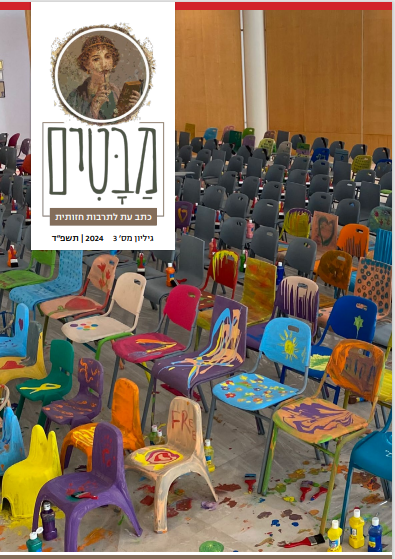Crossing Glances
The Use of Multivalent Iconography in the Analysis of the Gosforth Cross, Cumbria
DOI:
https://doi.org/10.64166/xfsvkk44Abstract
This paper examines the Gosforth Cross, a tenth-century monument from
Cumbria, through a comprehensive art historical lens, arguing that it is
characterized by a multi-faceted iconographical program that interweaves
Christian iconography with Norse mythology. It posits this complex
iconography as a critical interpretive tool for analyzing findings related to
visual syncretism, showcasing the evident religious integration of these two
cultures, particularly in the high crosses of the Insular (British Isles and
Ireland) region during the early medieval period (c. 750–1050 AD). The
paper delineates how the narrative program of the Gosforth Cross reveals the
unique content of the depictions carved on its surface. While the monument
is Christian in appearance and location, its content is exclusively drawn from
narratives from Norse mythology relating to Ragnarok, the Norse apocalypse.
The only distinctly Christian motif identified at first glance is the depiction
of the Crucifixion, situated within a rectangular frame at the center of the
eastern register of the cross. However, a comparative analysis of the figurative
descriptions with Christian sources allows for the identification of Christian
narratives within the iconographical program, indicating that the cross was
designed as a deliberate interweaving of narratives from two different cultures
dealing with a similar theme—the end of days. This approach not only
evidences the syncretic integration process involving visual outputs, but also
highlights the essential role of multi-faceted iconography in navigating and
conveying complex cultural and religious narratives.
References
Downloads
Published
Issue
Section
License
Copyright (c) 2024 Mabatim

This work is licensed under a Creative Commons Attribution-NonCommercial 4.0 International License.



